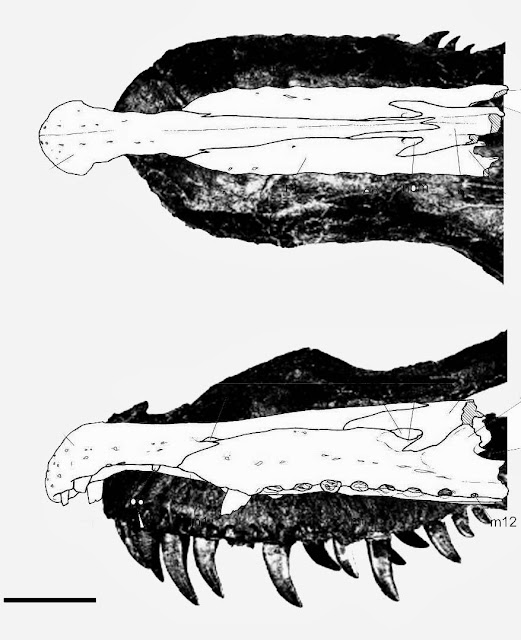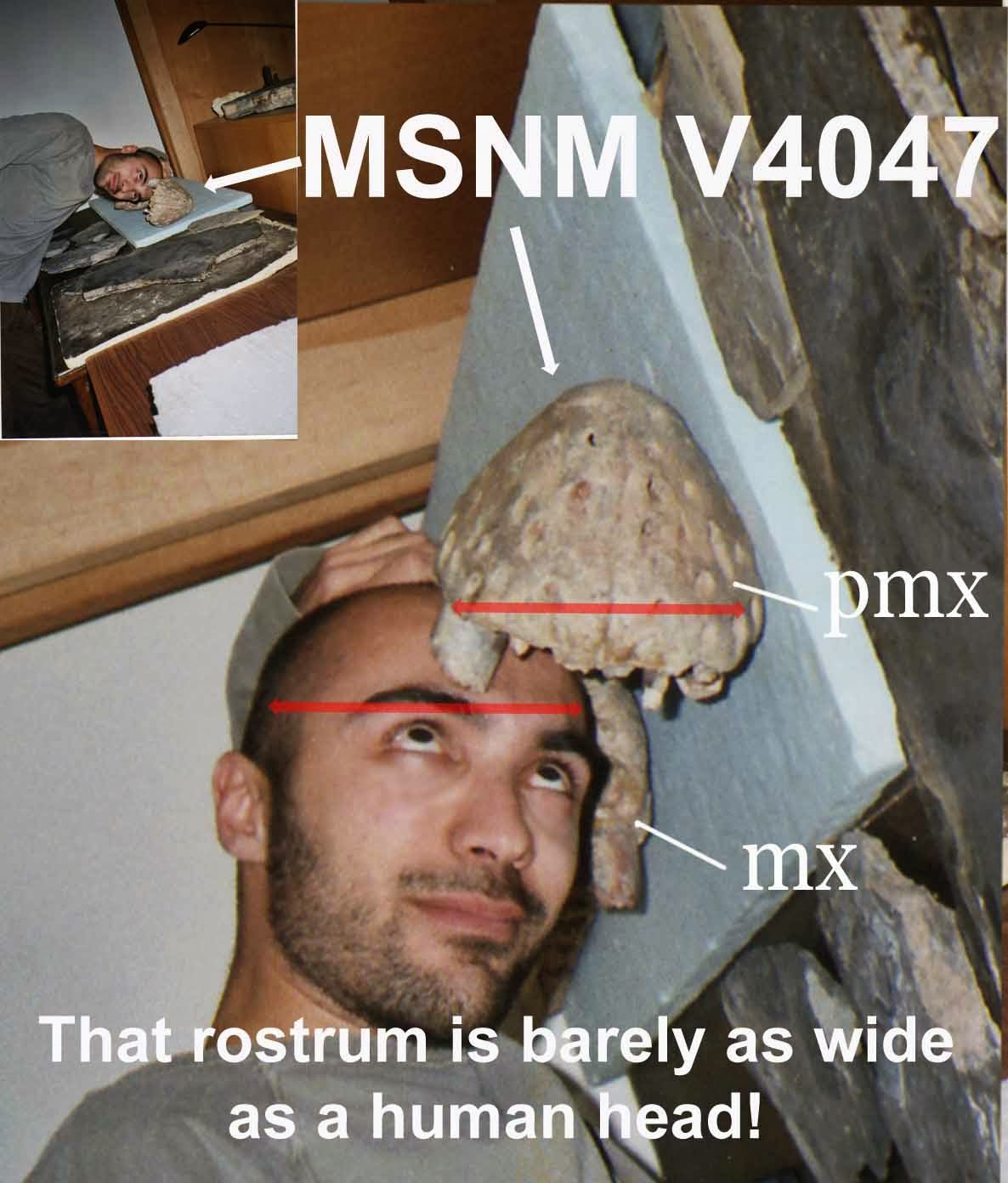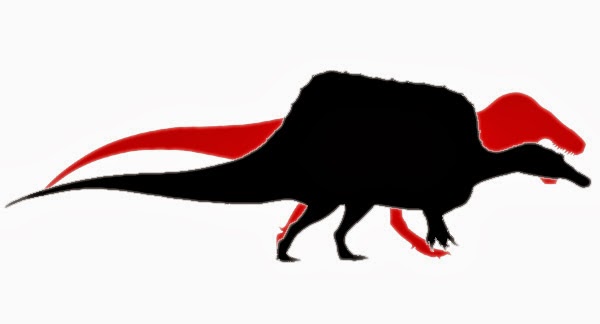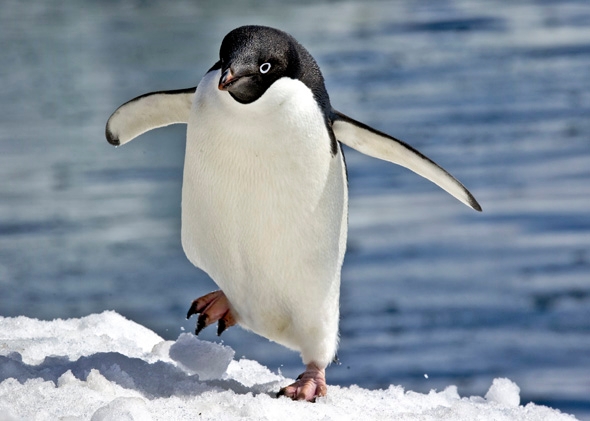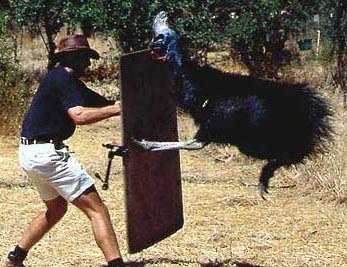Well, I don't mean that they believe birds descended from dinosaurs (which I assume all biologists believe). I mean that some scientists believe that birds should be classified as dinosaurs just like how humans are classified as apes.
I figured I would address this in a somewhat thorough manner. Way back when, Linnaeus created a taxonomic system based on shared similar features. While it had some aspects of a 'is a' relationship (as in a wolf is a mammal) it was primarily focused on a has a relationship (as in mammals have fur, canines have canine teeth etc.) the groupings were rigid, as scientists at the time largely believed that the species did not change significantly over time. Once we figured out evolution, once that theory had gone from being at the fringes of biological science to being the fundamental tenet of biology the 'has a' relationship groupings just didn't work. We realized that every species has a long list of 'is a's' preceding it.
Now much of the naming could remain the same, as more similar features tend to be shared as organisms are more closely related, but the way we looked at the groupings changed. Rather than having a bunch of different boxes where each box represents a broad group of organisms and inside those boxes are smaller boxes, we found that every box could neatly fit within another bigger box, a series of nested groups all leading back to a single big box that contains all life. So for birds (and I am skipping a few stages here) the smallest box that fits all birds is called Aves, that sits in a bigger box called maniraptor which sits in theropod, then saurischian, and dinosaur and so on.
The big push in classification is removing or redefining labels that stand for these boxes that don't fit neatly into a single bigger box, or that leave out one of the members of that bigger box. Now bird works just fine, it is a perfectly valid term as every member it is describing fits neatly into the bird box, but dinosaur would leave out one of the boxes if it didn't include birds, we call this type of term a paraphyly, and we want to get rid of them.
So, in short, when we say birds are dinosaurs, what we are saying is that dinosaur isn't a comprehensive definition of a group of organisms without the inclusion of birds.

